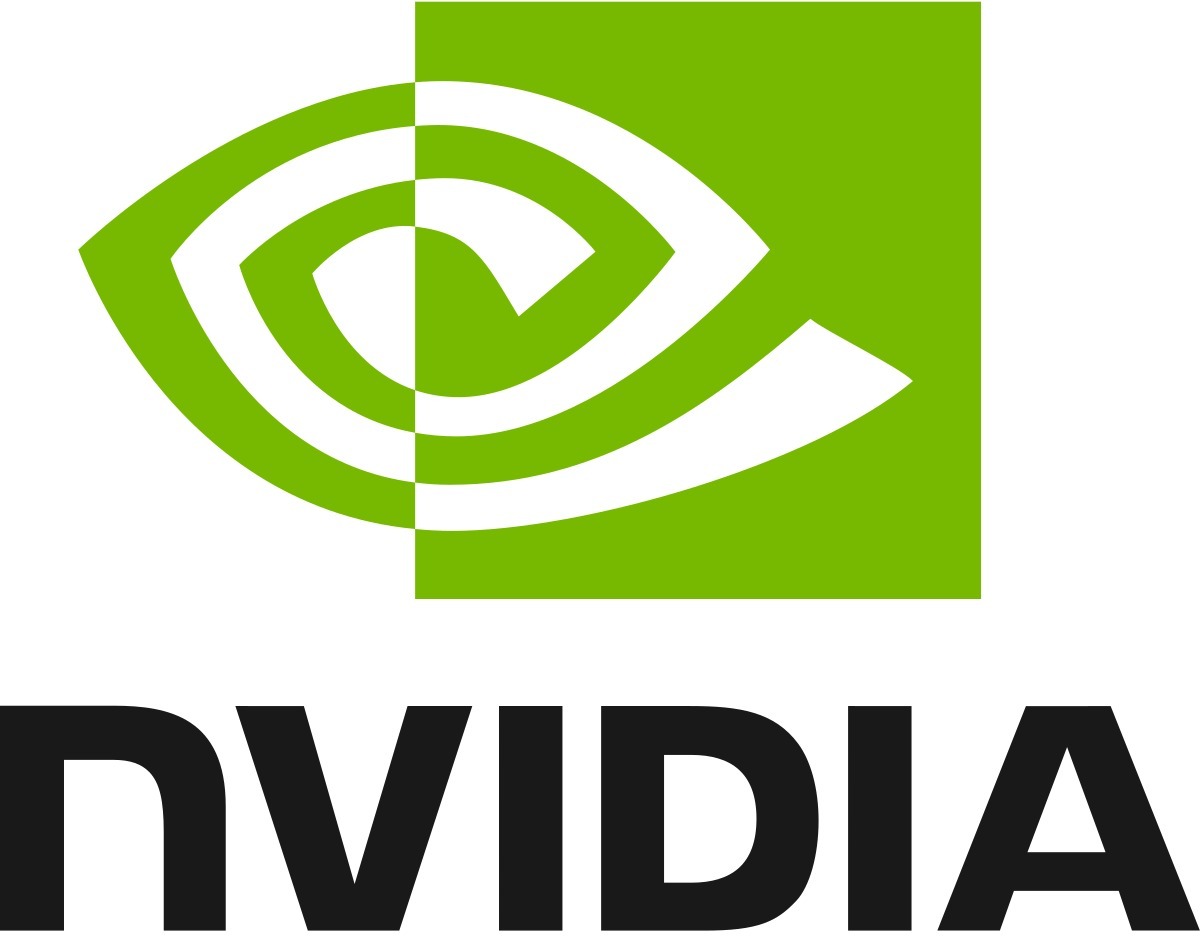A quick look at what hardware components have been popular in workstations we have sold here at Puget Systems over the last six months.
Hardware Trends of 2021
A look back at the trends we’ve seen in hardware sales here at Puget Systems over the last year.

How to Buy a Workstation with NVLink
NVLink is a proprietary NVIDIA interconnect for high-speed communication between video cards. If you are considering NVLink for your next Puget Systems workstation, this post will help you decide if it is right for you and show you how to get it.
State of the CPU
Earlier this year I wrote about AMD’s comeback, as their processors were being included in more than half of the workstations we sold. It has been a few months now, marked by a lot of hardware shortages in this industry, so I wanted to revisit the situation and look at some additional metrics regarding CPU sales here at Puget Systems.
Building a Personal Cloud Gaming Server
If you talk to any of my friends, they will tell you to not get me started talking about virtualization. I have done everything I can to virtualize every computer function in my home. Everything from my home automation, web server, media server, to the game servers I host for myself and friends.
Consultant’s Corner: Future-proofing a Workstation for a Disney Animator
Mark from our consulting team recently worked with a man working on animation projects for Disney. He was coming from the Mac and wanted to decrease his rendering times in Octane. Read on about how Mark tailored a workstation to meet his needs today and in the future.
Consultant’s Corner: Can I Run Older Software on a new PC?
How can we meet the news of a customer who has legacy software needs? Recently Jared faced this issue where a customer wanted to run an older version of Windows but also wanted a new system with older port options.
Consultant’s Corner – Keeping One More Computer Out of the Landfill
BIOS and CMOS issues are rare, but when they happen, they can be challenging to replicate and repair. Learn how Jeff helped one customer solve these issues on a workstation not purchased from Puget Systems.
How We Handle Peripherals Is Changing
Since our founding, more than twenty years ago, Puget Systems has offered a small selection of keyboards, mice, and other accessories for purchase and use with our computers. The exact categories and models we have carried changed over time, of course, but it was always just an assumed part of our business – after all, people need input devices, displays, backup drives, etc. But what if that isn’t actually the best approach for our customers?
AMD – Return of the King?
Back in 2015, we quietly dropped AMD processor options from our workstations. At the time, I wrote a post explaining what had happened, and ended it with a hope that AMD would come back someday with a more competitive CPU. That did, in fact, happen – and over the last couple of years we have seen them surge back into our product line with a vengeance!




